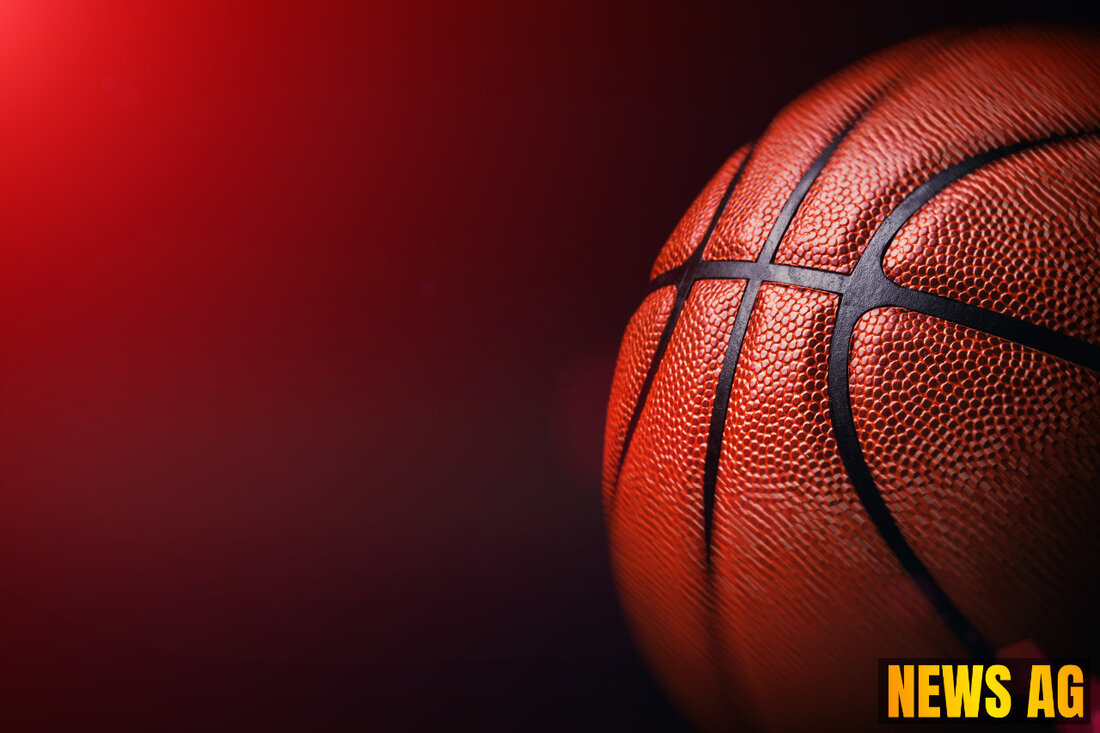NCAA’s NIL Revolution: How Draft Trends Are Changing Basketball Futures
Explore the 2025 NBA Draft landscape as players face tough choices amid changing NIL regulations and college opportunities.

NCAA’s NIL Revolution: How Draft Trends Are Changing Basketball Futures
The 2025 NBA Draft is already creating buzz among fans and analysts alike, particularly in light of a notable trend: an unusual drop in the number of players entering the second round. This year, only 106 players opted in as early entrants, the lowest figure seen since 2015. Many young talents are choosing to return to college instead, largely because of the financial opportunities presented by collegiate programs. The Wing reports that this shift can be traced back to the NCAA’s allowance for athletes to profit from their name, image, and likeness (NIL) since 2021.
With over half of those 106 players withdrawing from the draft before the deadline, it’s becoming clear that the allure of potentially lucrative NIL deals is reshaping decisions for college basketball players. Notable names such as JT Topin, Thomas Hogg, and Alex Karaban have opted not to throw their hats in the ring, opting instead to pursue further opportunities at the collegiate level.
The NIL Influence
This change is largely influenced by the maturation of the NIL landscape. According to Bleacher Report, prospects are returning to school with the understanding that they can secure significant endorsements, some even worth hundreds of thousands of dollars. The NCAA’s new rules do not just alter the financial landscape for athletes; they transform how players view their futures. This is reflected in the statistical trends, as Brad Stevens, the Boston Celtics‘ general manager, noted the impact of the pay shifts on current recruitments and draft prospects.
While some players are opting to return, NBA teams are left grappling with how to respond to this trend. One strategy has been to offer draft promises, indicating that certain teams might select key players if they remain in the draft. Draft promises are typically seen as crucial signals for players, although they lack legal binding, creating a unique set of strategic interactions between teams and players.
Changing Dynamics in College Basketball
The participation of NIL deals has also prompted a significant shift in recruiting dynamics. A comprehensive analysis by Mad About College Sports highlights how athletes are now considering NIL earnings as a central factor when choosing colleges, alongside traditional concerns like coaching quality and institutional history. With NIL deals rising steeply, from an estimated $50 million in 2021 to approximately $165 million in 2023, schools with wealthier resources are gaining an edge over others in attracting top talent.
Average deal values are now around $20,000, up from $8,000 just two years prior, showing a notable shift in what players can earn. The competitive landscape is evolving, and the transfer portal has become a hotbed for movement, driven by financial incentives linked to NIL contracts. As talent continues to scatter across programs, disparities among universities are emerging, setting the stage for increased competition off the court as well.
As the effects of NIL continue to unfold, the upcoming years may bring further changes to how athletes are compensated and recognized. Conversations about labor rights and athlete classification are already buzzing among industry professionals, hinting that the ongoing evolution will only deepen as more athletes leverage their visibility and potential earnings.
For the NBA, this year’s draft will not only serve as a reflection of current trends but also a significant inflection point for the future of college sports and professional basketball alike.
